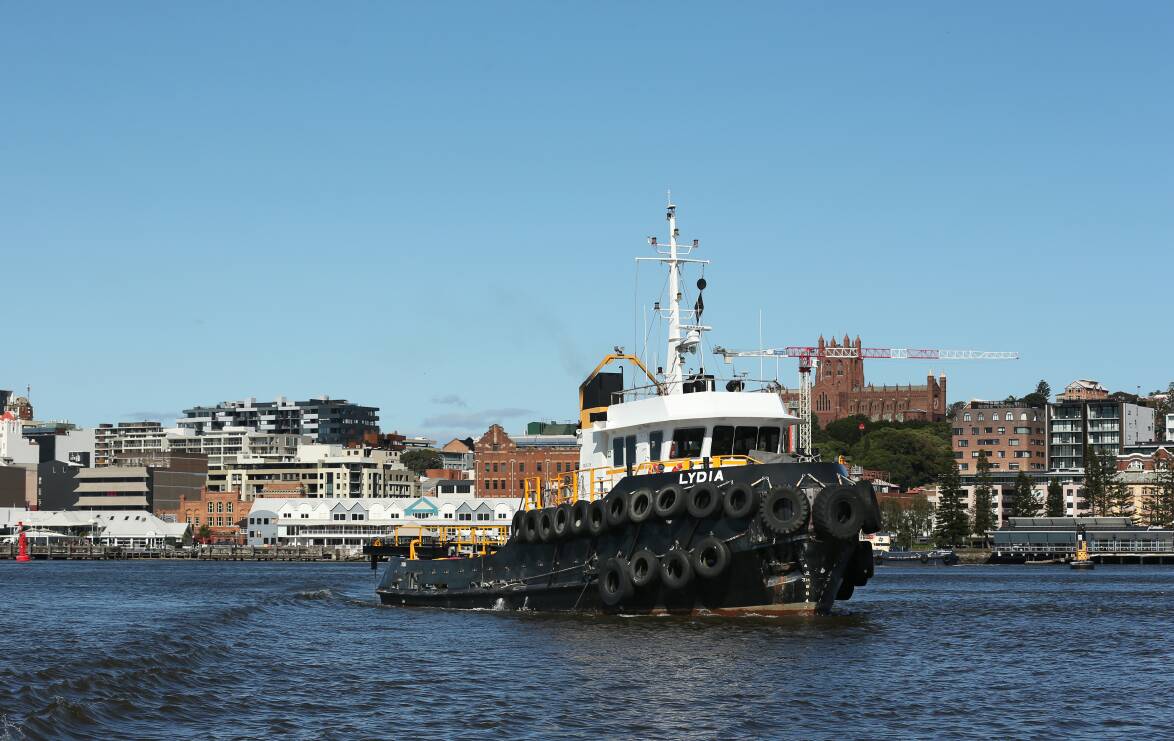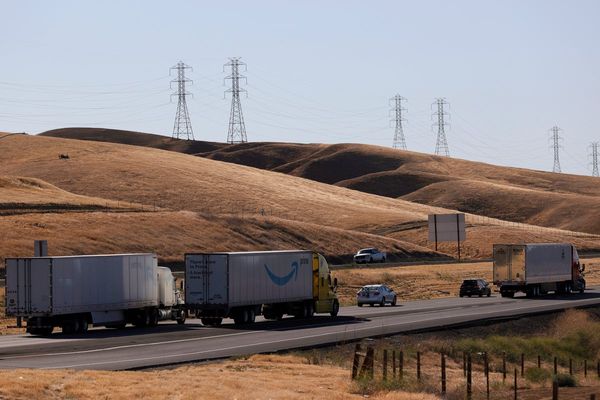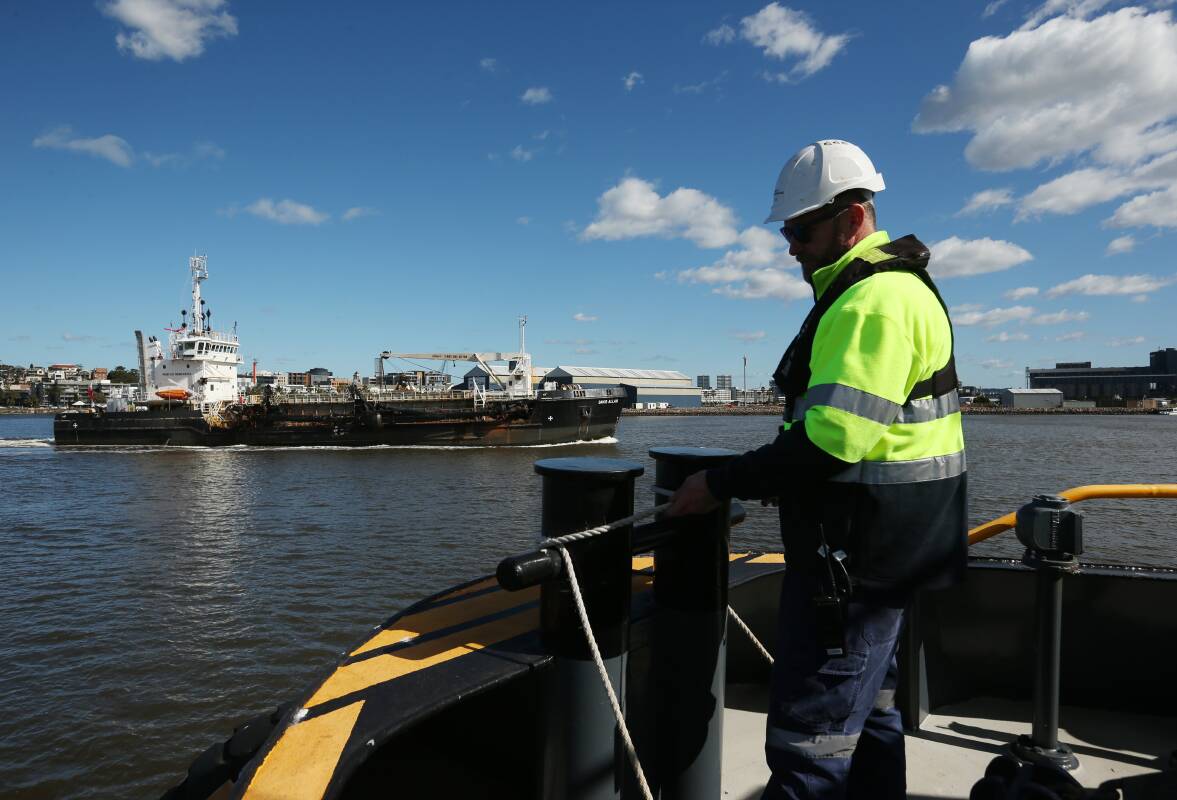
IN Newcastle harbour, a dredger's work is never done, especially after a string of floods along the Hunter River.
As Mother Nature has poured hundreds of thousands of cubic metres of sediment into the river mouth - and into the main shipping channel - in recent months, the launch this week of Port of Newcastle's sweeper vessel, the Lydia, is timely.
As Port of Newcastle's dredging manager, Calvin Grills, said, "It's a game changer."
The modified tug is working with the port's hydrographic survey crews and the dredging vessel, the David Allan, to maintain the channel's depth at 15.2 metres. In effect, the Lydia is levelling the harbour floor after the David Allan has been through.
Mr Grills explained the David Allan created furrows on the floor as it dredged.
"So what you are left with is like a ploughed field on the bottom," he said.
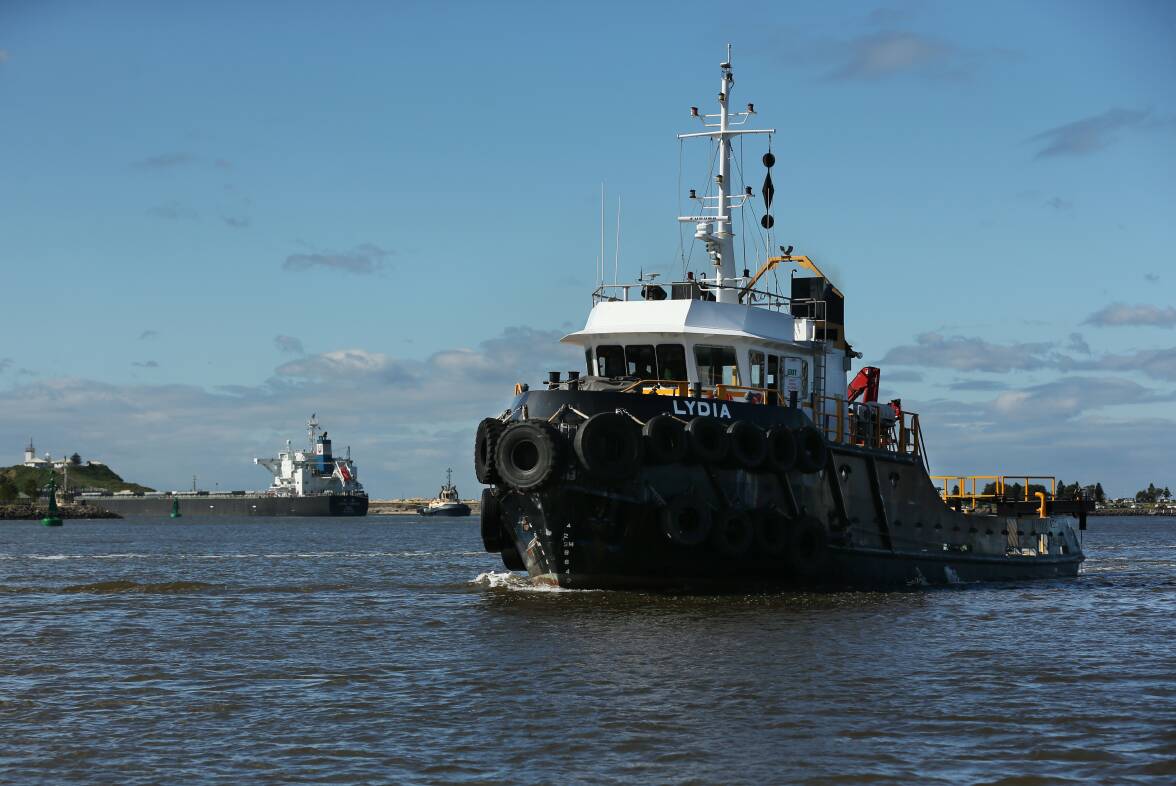
The Lydia is fitted with a 9-metre bar off its stern, and that is dragged along the floor where dredging has occurred.
"It's basically the bulldozer of the harbour," said Lydia's master/engineer, Daniel Burgess. "You're making sure you've got that nice, flat, level surface all around the harbour."
The level bed allows the David Allan to dredge more efficiently and reduce the time it takes to return the channel to 15.2 metres. After the most recent bout of heavy rain, Calvin Grills said, the channel was at about 14.8 metres. Earlier in the year, it had been reduced to about 14.4 metres.
When the channel is shallower, that impacts on ship movements in the world's largest coal export port, where 166.1 million tonnes of cargo were shifted in 2021.
"It's more about [the loaded ships] leaving," said Mr Grills. "It impacts their capacity to carry cargo. So they go out short-loaded, which then has flow-on effects."
As well as helping maintain the channel's depth, the bar on the Lydia can be used during floods to churn up the sediment and prevent it building up on the floor.
"In the situation like what we've had with these floods, there can be more of a response to stop the sediment settling," Mr Grills said.
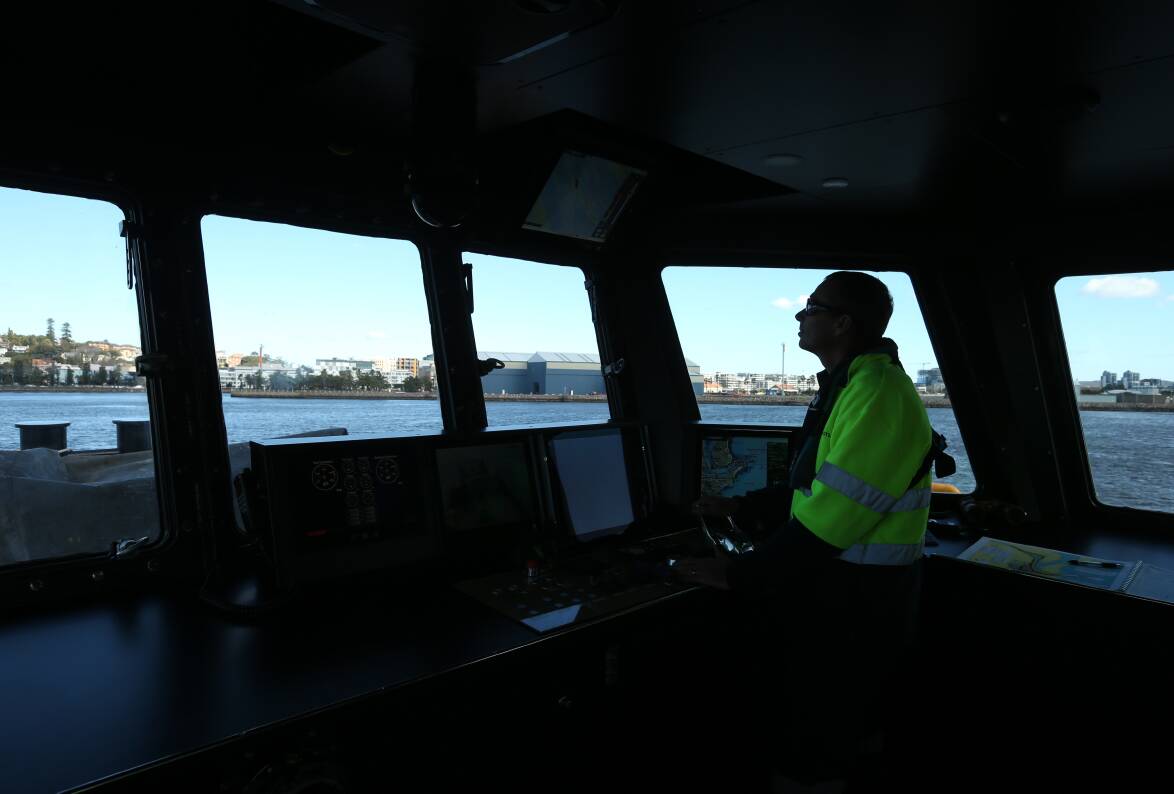
About 250,000 cubic metres of sediment are removed from a nine-kilometre stretch of the shipping channel each year. But Port of Newcastle's Executive Manager of Marine Operations, Glen Hayward, said the severe weather earlier this year had created a lot of work for the dredging crews.
"From January to March 2022, dredging operations removed a year's worth of sediment," Mr Hayward said last week.
The crew of the Lydia gave a demonstration to the Newcastle Herald of how the "sweeping" worked. Using a combination of technology and knowledge of the channel, Daniel Burgess and fellow master/engineer Ryan Hone slowly moved the vessel's bar across the bottom about 100 metres off the Stockton shoreline.
"We're going over the top, trying to knock all those high spots into the valleys, to basically give it that uniform 15.2 metres," Mr Hone said.
The Lydia began operating on Tuesday and will be on the harbour five days a week.
Calvin Grills said he hoped the channel would be returned to its 15.2-metre depth within a month.
